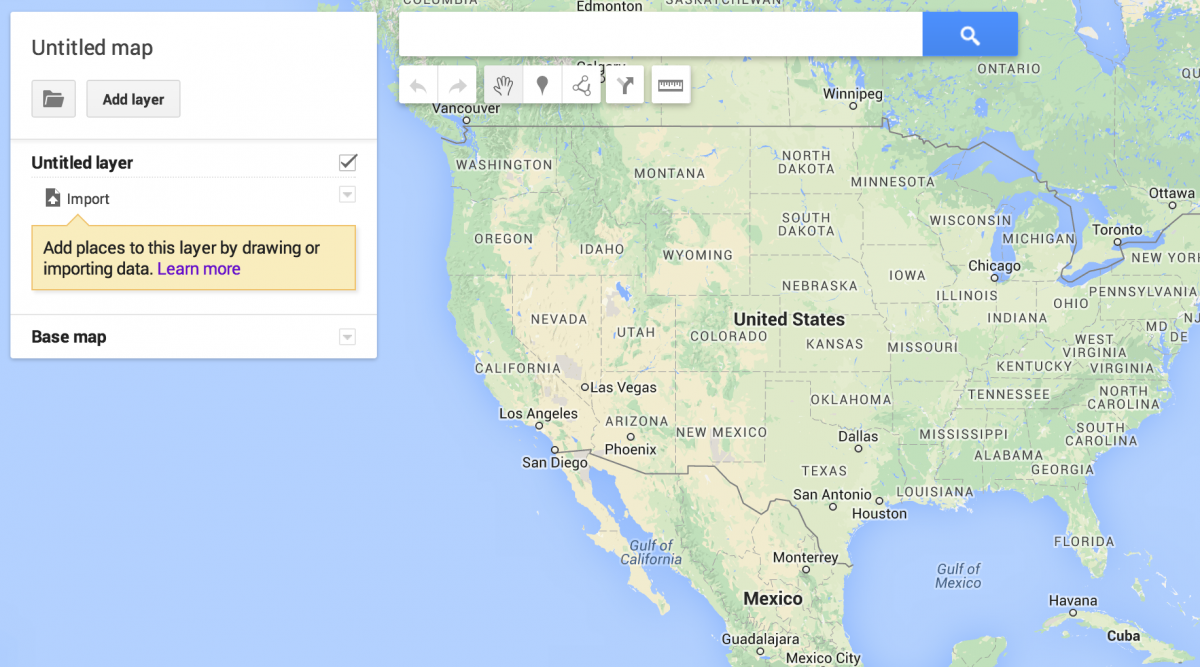

The new window also includes options to edit the style or content of the location, as well as add images or delete the location. The location will then appear under Untitled layer and a new information window will pop up. Select one to add to your map by clicking on the Add to map link in the information bubble. In the search box, search for the first location you'd like to add to your map (e.g.: Parliament of Canada) Base map is where you can change the base map (underlying map background).Under Untitled layer is where your selected map locations will be found after you've added them.The Share button is where you find a link to your map (the privacy settings must be Public or Anyone with the link for others to view it).Change the map title and add a description by clicking Untitled map.The search bar at the top is how you find locations.On the resulting screen, note the following locations: Tapping the map card in this section will open and return you to that map.Go to Google My Maps and login using a Google account. This section shows the map that is currently open on your device. The first section on the Maps list is the Current map. Let’s walk through what maps are included in each of these sections. These sections include the Current map, On Device maps, My Maps, and Groups. Maps and map cards are divided into different sections on the Maps list. If you make any changes to a map in the Field Maps web app, Map Viewer, or Map Viewer Classic, you must reload the map so the changes are reflected. Reload Map-Load the latest version of the map.Favorite-If you want to have a map easily accessible at the top of the Maps list, add it to Favorites.

Add Offline Area-If the map is enabled for offline use, you can create an offline area for the map that you can download and use anywhere.View Details-View additional details for the map, including the map summary, capabilities, the map owner, and the date the map was last modified.From the Overflow menu, you can do the following:


 0 kommentar(er)
0 kommentar(er)
